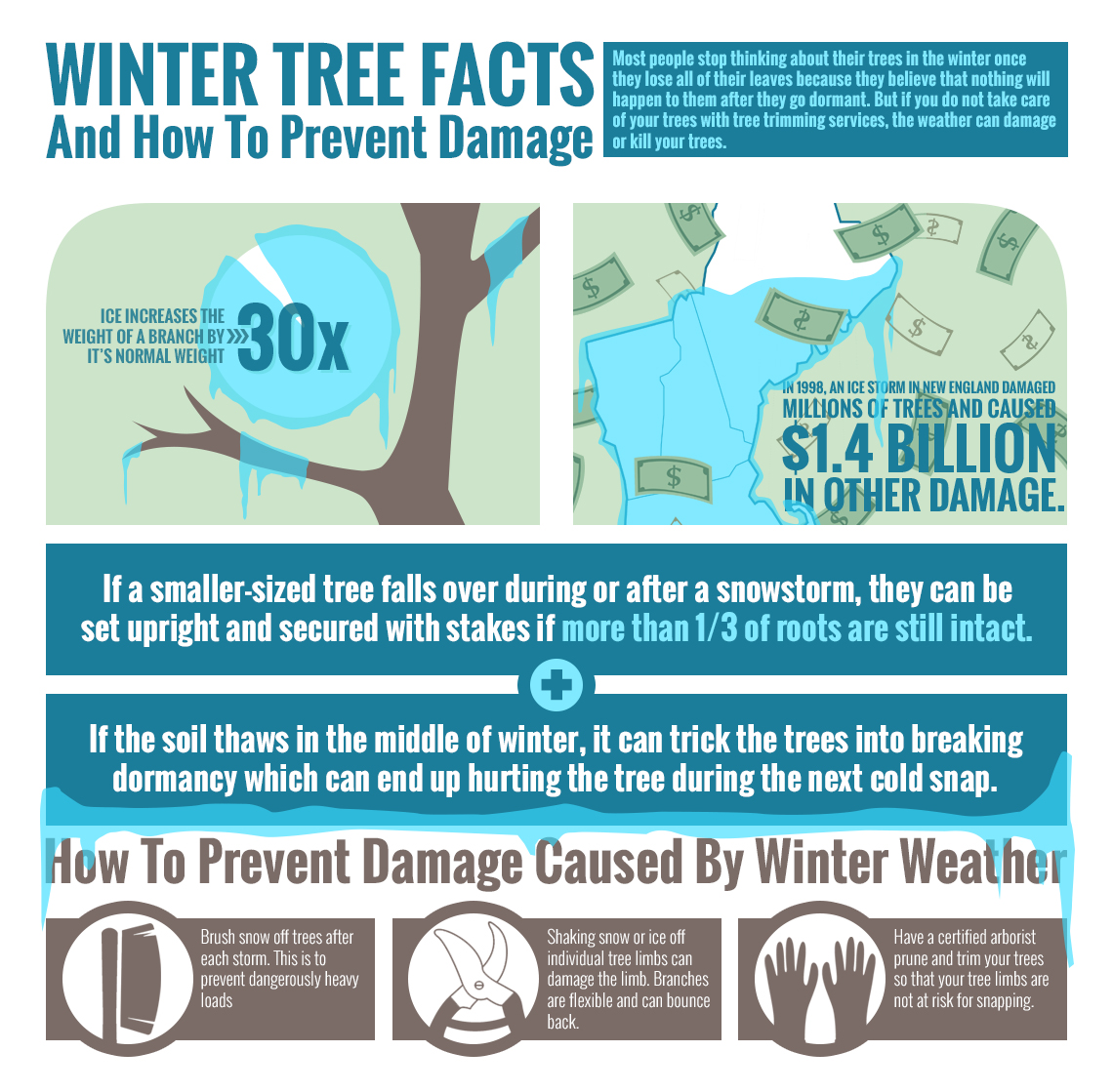After Getting Rid Of Trees, Correct Care Is Very Important For Landscape Recuperation; Figure Out The Necessary Activities To Restore Your Room And Avoid Forthcoming Difficulties
After Getting Rid Of Trees, Correct Care Is Very Important For Landscape Recuperation; Figure Out The Necessary Activities To Restore Your Room And Avoid Forthcoming Difficulties
Blog Article
Created By-Tate Deal
After a tree's removal, your landscape might look quite various, and it's important to examine the aftermath thoroughly. You'll wish to review the soil disruption and inspect surrounding plants for any indications of stress. Disregarding these aspects can lead to larger problems down the line. So, what should you make with those stumps and roots? And exactly how do you select the very best plants for your revitalized room? Let's discover these important steps.
Assessing the Aftermath: Evaluating Your Landscape
After a tree removal, it's essential to examine your landscape to understand the effect it has on your yard.
Beginning by checking out the location where the tree stood. Seek signs of dirt disturbance, and examine the surrounding plants for any kind of stress and anxiety or damages.
You ought to also remember of exactly how the removal has altered sunshine direct exposure and air flow in your garden. This shift can affect the development of nearby plants, so it's necessary to review their health.
Think about the aesthetic facets as well; the removal could develop an open space that you can redesign.
Finally, consider any prospective disintegration issues that might develop from the tree's absence. Dealing with Lilac Tree Pruning will assist bring back equilibrium to your landscape.
Handling Stumps and Origins: Options for Elimination
When you've assessed the after-effects of the tree removal, you'll likely require to tackle the stump and roots left.
You have a few choices for removal. One reliable technique is stump grinding, where an expert makes use of a machine to grind the stump to below ground degree. This strategy leaves marginal interruption to your landscape.
If you like a do it yourself approach, you can use a combination of digging and chemical stump eliminators. Simply keep in mind, this process can take some time and initiative.
Additionally, consider leaving the stump as a natural attribute, which can work as an unique yard component or environment for wild animals.
Whatever you choose, resolving the stump and origins is crucial for restoring your landscape.
Picking the Right Plants for Your New Area
As you evaluate your recently removed area, picking the right plants can significantly boost your landscape's charm and functionality.
Start by thinking about the sunlight and dirt problems. For bright locations, select drought-resistant plants like lavender or succulents. In shaded places, brushes and hostas grow well.
Think about the size and development behaviors of your plants; mix perennials and annuals for seasonal variety. Don't forget to incorporate indigenous varieties; they call for less maintenance and assistance neighborhood wild animals.
Team plants in strange numbers for an extra all-natural appearance and create layers for aesthetic deepness.
Lastly, ensure Prune Christmas Tree have a mix of colors and textures to keep your landscape lively throughout the periods.
Pleased planting!
Verdict
To conclude, restoring your landscape after tree elimination is a fulfilling process. By assessing the after-effects, attending to stumps and origins, and choosing the right plants, you'll develop a thriving atmosphere. Do not neglect to incorporate erosion control procedures to shield your soil. With a little initiative and care, you can change your space into a vibrant garden that improves your home. Accept the possibility to renew your landscape and enjoy the beauty of nature right in your yard!
